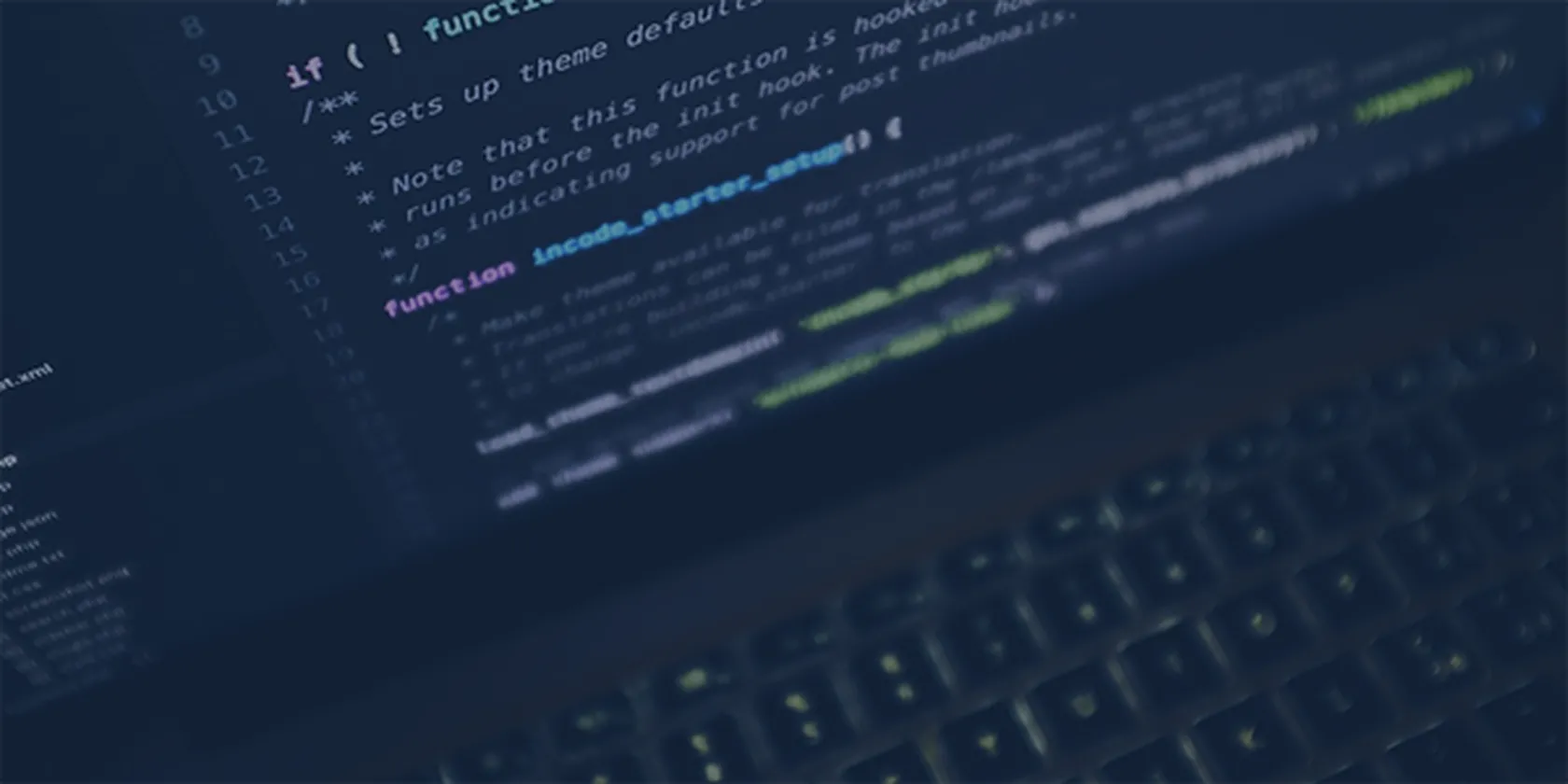Resources
Remote debugging identified by Gartner as an example technology that may underpin a robust test environment capability

Testing software remotely is a key challenge to continuous delivery, especially in today’s climate. Failing to deliver on time can impact customer relationships and bottom lines. But how software engineering teams test is just as important as what they test. If teams cannot trust the results of their test environment, then they cannot effectively resolve the failures that accrue in the backlog.
As Gartner puts it:
“Application leaders must invest in test environments (compute, data and tools) that enable trusted test results. As opposed to lamenting over whether a defect is a defect, or just the result of poorly maintained test configurations or thrashed test data, invest in repeatable test environment provisioning technology. This will enable teams to work in new ways, including the ability to work remotely.”
It is important to focus on the stability of the test environment first before automating. This includes having confidence in the ability to reproduce failure in test suites.
According to Gartner:
“Test automation is an investment, and investments take time to produce worth. Focus on building out stable test environments before heavily investing in test automation. False positives from poor test environments will create waste and damage confidence and trust in the automated tests.”
Stability in test environments cannot be achieved if software engineering teams do not have the ability to reproduce failing tests over and over. The inability to find and fix failures in test environments creates a growing backlog. If left unchecked for too long, it can become unmanageable, or worse, it creates a tolerance of failures in test environments. As a result, technical debt is increased, resulting in unreliable software pushed into production and missed deadlines.
Undo LiveRecorder has been recognized as a remote debugging example technology that may underpin a robust test environment capability within the Gartner report.
Leveraging a Software Failure Replay (SFR) platform like LiveRecorder as part of a remote debugging strategy enables developers to generate a 100% reproducible recording of a software failure. That recording can be shared amongst a distributed team for faster, more efficient debugging because the software state can be reproduced exactly the same each and every time.
Remote debugging using SFR provides developers, regardless of their location, with the ability to view and replay the recording to observe exactly what happened. Debugging a recording artifact that has captured the failed process provides that additional stability needed for a robust test environment, delivering a predictable debugging workflow teams didn’t have before.
Gartner “How to Build an Effective Remote Testing Competency,” Jim Scheibmeir, et al, 30 June 2020 (Gartner subscription required)
